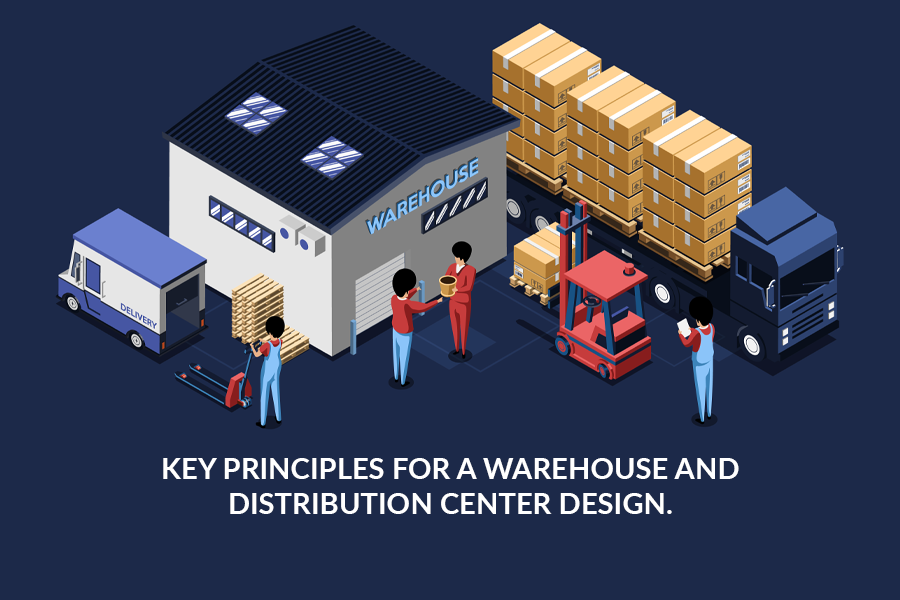
5 reasons how a technologically equipped warehouse can benefit logistics movement
A warehouse is the backbone of any logistics movement, acting as a hub where goods are stored, processed, and distributed to their final destinations. Technology has brought significant improvements to warehouse management, and a technologically equipped warehouse can significantly benefit logistics movement. Here are five reasons why:
- Improved Efficiency: A technologically equipped warehouse can significantly enhance logistics movement by improving efficiency. With automated systems, such as robotics, warehouse operations can be completed faster, more accurately, and with fewer errors. This leads to faster processing times and reduced lead times, resulting in quicker delivery times for customers. Automated systems also reduce the need for manual labor, which can help businesses save costs and increase profits.
- Enhanced Inventory Management: Effective inventory management is essential for any warehouse, and technology can help businesses achieve this. Technologically advanced inventory management systems can track inventory levels in real time, making it easier to identify low stock levels and replenish inventory as needed. This leads to a more streamlined supply chain, reduces the risk of stockouts, and ensures that the right products are always available to customers.
- Improved Data Management: In today’s digital age, data management is critical, and a technologically equipped warehouse can help businesses manage data more effectively. Warehouse management systems can collect data on inventory levels, order fulfillment times, and other key metrics, providing businesses with valuable insights into their operations. This data can be used to optimize warehouse processes, identify bottlenecks, and make informed decisions about inventory management, leading to improved logistics movement.
- Enhanced Customer Experience: With the rise of e-commerce, customers expect fast and reliable delivery times. A technologically equipped warehouse can help businesses meet these expectations by ensuring that orders are processed quickly and accurately. Automated systems can reduce errors and improve order accuracy, leading to fewer returns and greater customer satisfaction. This can help businesses build a loyal customer base and enhance their reputation in the marketplace.
- Improved Safety: Safety is essential in any warehouse, and technology can help businesses create a safer working environment for their employees. Automated systems, such as robotics and conveyor systems, can reduce the need for manual labor and minimize the risk of workplace accidents. Additionally, warehouse management systems can track employee performance, ensuring that workers are following safety protocols and using equipment correctly.
Final Thoughts:
A technologically equipped warehouse can bring significant benefits to logistics movement. From improved efficiency and enhanced inventory management to improved data management and enhanced customer experience, technology can help businesses streamline their operations, reduce costs, and increase profits. With the right technology in place, businesses can create a safer, more efficient, and more effective warehouse that can help them stay competitive in today’s fast-paced business environment.


